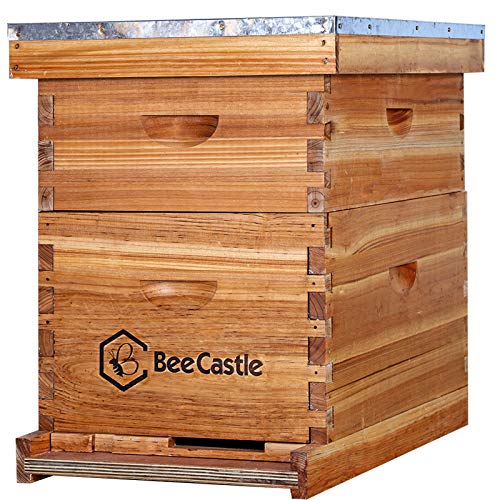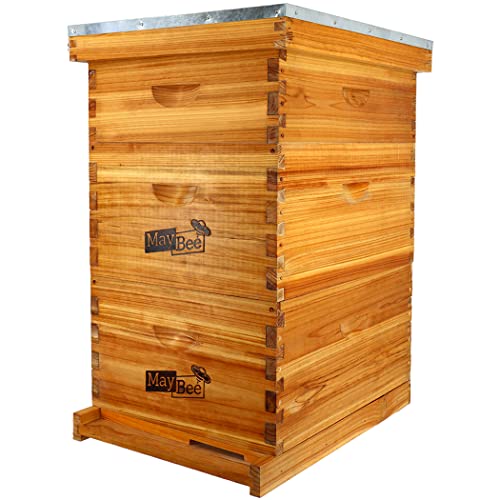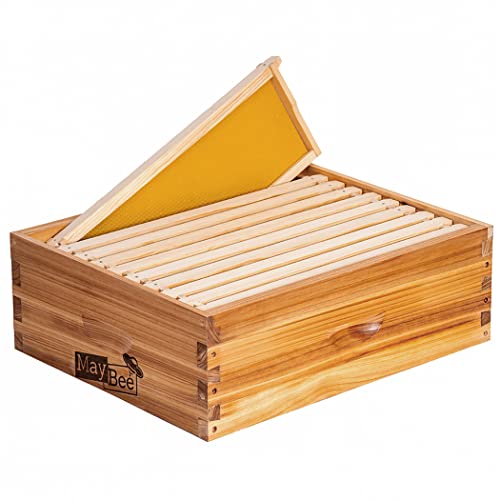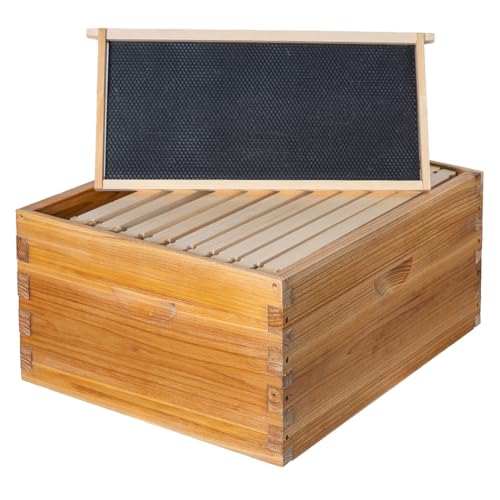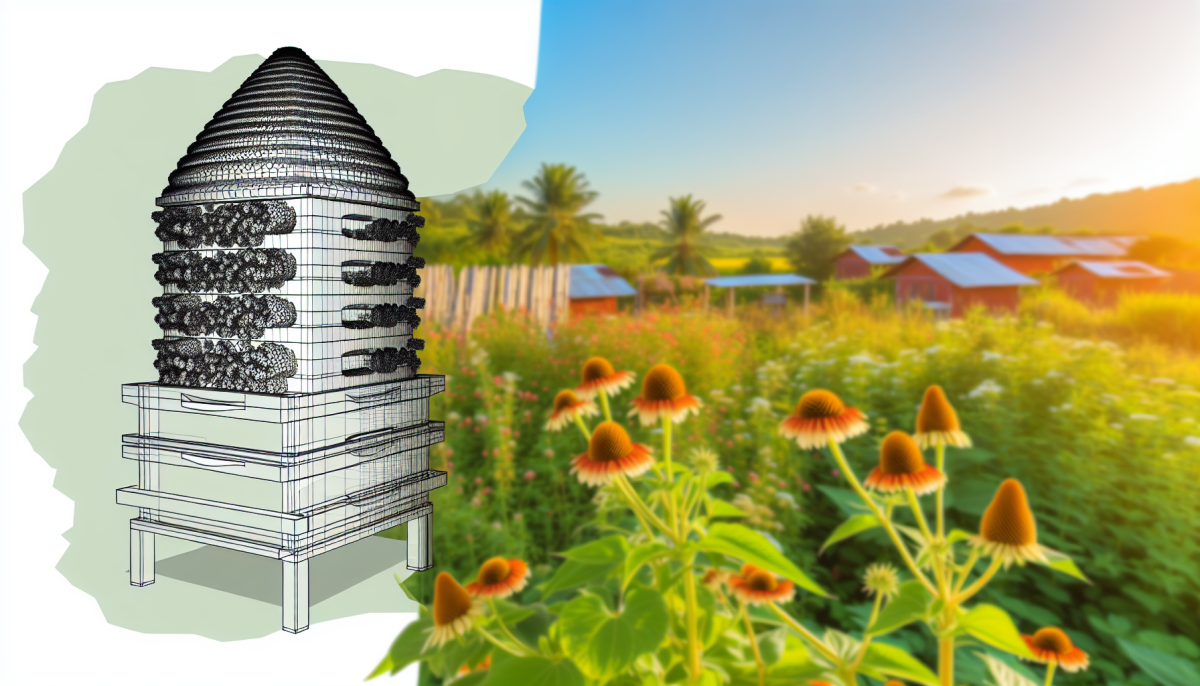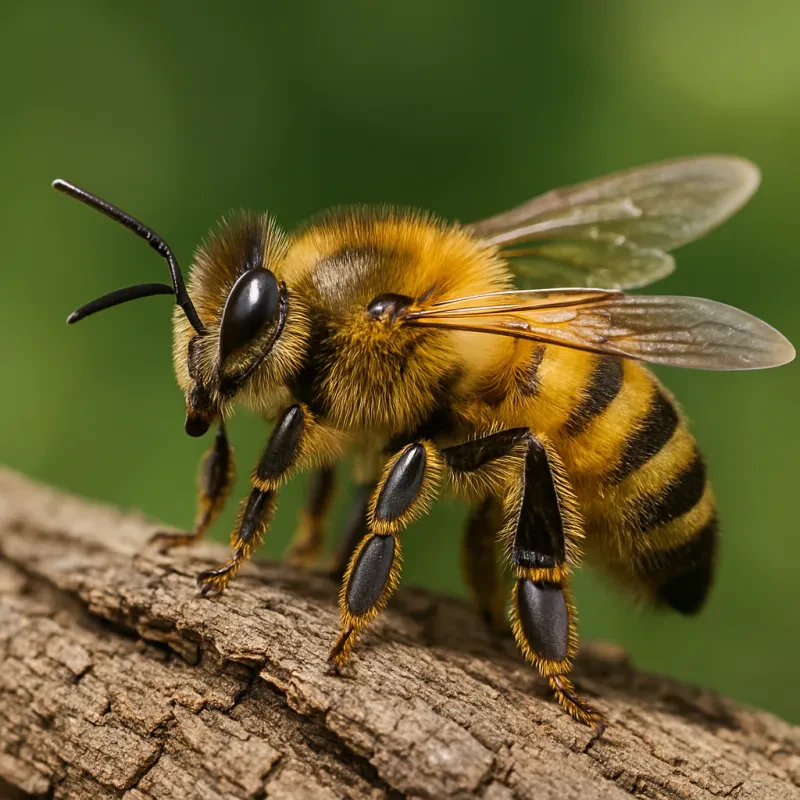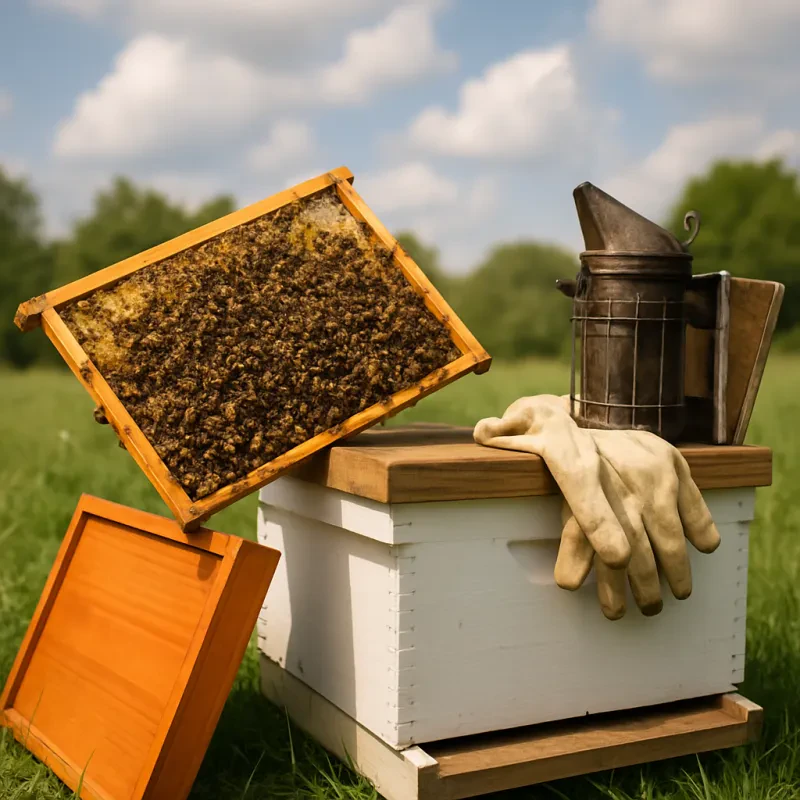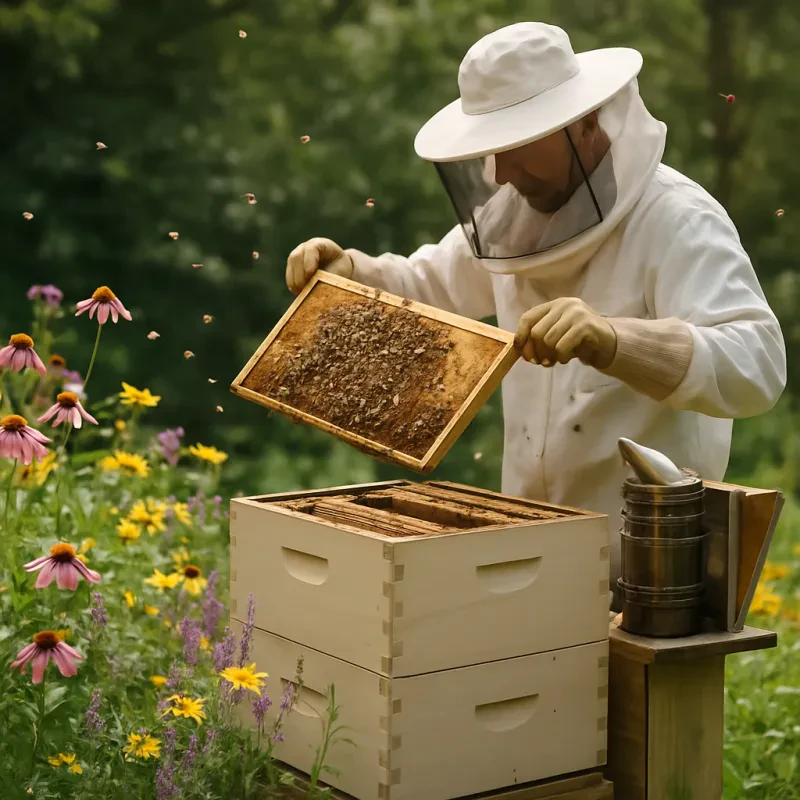Introduction to the Layens Hive: Revolutionizing Beekeeping
The Layens hive has gained significant attention in the beekeeping community due to its unique design and benefits for honeybees. This article explores the rich history of the Layens hive and outlines its numerous advantages for both bees and beekeepers. Understanding the development and benefits of the Layens hive can help beekeepers make informed decisions about their beekeeping practices.
History of the Layens Hive
Origin and Development
The Layens hive was invented in the late 19th century by Georges de Layens, a pioneering French beekeeper. Seeking a more natural and efficient design that could support the health and productivity of honeybees, de Layens introduced his hive in 1888. Unlike traditional vertical stack hives, the Layens hive features a horizontal layout that mimics the natural living conditions of wild bees.
This horizontal layout allows the bees to build their comb in a single continuous space, similar to how they would in the wild. The hive is designed with removable bars that make it easy for beekeepers to inspect and manage the colony without disturbing the bees excessively.
Benefits of the Layens Hive
The Layens hive offers several advantages for both beekeepers and honeybees. One key benefit is its ability to provide ample space for colony expansion, allowing the bees to store more honey and raise brood efficiently. This extra space also reduces swarming tendencies in colonies, as overcrowding is less likely to occur.
Additionally, the horizontal design of the Layens hive makes it easier for beekeepers to perform inspections and interventions while minimizing stress on the bees. The hive's insulation properties help regulate temperature fluctuations inside, providing a more stable environment for the bees throughout different seasons.
Overall, adopting the Layens hive can result in healthier colonies, increased honey production, and a more sustainable approach to beekeeping. Its benefits have made it a popular choice among environmentally conscious beekeepers looking for innovative ways to support their hives' well-being.
Spread and Adoption
Initially used in Europe, the design quickly spread due to its simplicity and effectiveness. The Layens hive's popularity grew as beekeepers around the world recognized its potential to improve their beekeeping outcomes. Today, it remains a popular choice for natural beekeepers seeking a low-maintenance, bee-friendly option.
Benefits of the Layens Hive for Honeybees
Enhancing Bee Health
One of the primary benefits of the Layens hive is its contribution to the health of honeybees. The horizontal design allows bees to maintain a stable temperature and humidity level within the hive, crucial for their survival and well-being. Additionally, this design minimizes the disturbances bees experience during hive inspections and honey harvesting, reducing stress on the colony.
Supporting Natural Behaviors
The Layens hive supports the natural behaviors of honeybees by allowing them to build their comb horizontally. This orientation facilitates the bees' natural progression of brood rearing and honey storage, closely mimicking their patterns in the wild. Such alignment with their natural instincts helps maintain stronger, more resilient colonies.
Ease of Management
For beekeepers, the Layens hive offers ease of management and accessibility. The single-story, horizontal layout eliminates the need to lift heavy supers, making hive inspections and honey extraction less labor-intensive. This design is particularly beneficial for older beekeepers or those with physical limitations.
In addition, the Layens hive is designed to encourage proper ventilation and reduce condensation within the hive, promoting a healthier environment for the bees. The horizontal frames allow for better temperature regulation and airflow compared to traditional vertical hive designs. This can help prevent moisture-related issues that may arise in more confined spaces. Overall, the Layens hive provides a more holistic approach to beekeeping that prioritizes both the well-being of the bees and the convenience of their keepers.
Sustainable Honey Production
The Layens hive is designed to maximize honey production while ensuring the sustainability of the bee colony. Its structure allows for efficient space utilization, which not only supports larger colonies but also enhances honey storage capacity. Consequently, beekeepers can enjoy higher yields with fewer hives, reducing their environmental footprint.
The Layens Hive - A Beneficial Choice for Modern Beekeeping
The Layens hive represents a significant advancement in beekeeping, offering numerous benefits to honeybees and beekeepers alike. Its historical roots and the practical advantages it provides make it an appealing choice for those looking to adopt a more natural and sustainable approach to beekeeping. Whether for hobbyists or commercial beekeepers, the Layens hive is a testament to the enduring innovation within the beekeeping community, promising a healthier and more productive environment for bees.
Its design features deeper frames compared to conventional hives, allowing bees to store honey and brood more efficiently. This not only benefits the bees by providing them with a more natural habitat but also aids beekeepers in managing their colonies effectively. The Layens hive's horizontal layout promotes better thermal regulation and allows for easier inspection of the colony without causing disruption.
Furthermore, its simplicity in construction and management makes it an accessible option for beekeepers of all experience levels. By prioritizing the well-being of the bees and emphasizing sustainability, the Layens hive stands out as a beacon of progress in modern beekeeping practices.
In conclusion, the adoption of Layens hives represents a positive step towards promoting biodiversity and preserving the essential role that bees play in our ecosystem. As we strive to protect these vital pollinators, embracing innovations like the Layens hive can help ensure a brighter future for both honeybees and mankind alike.
